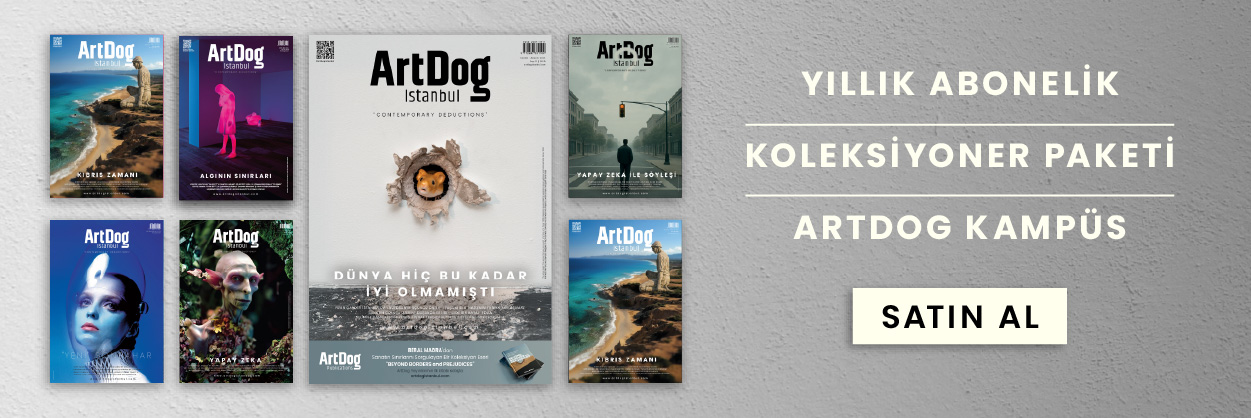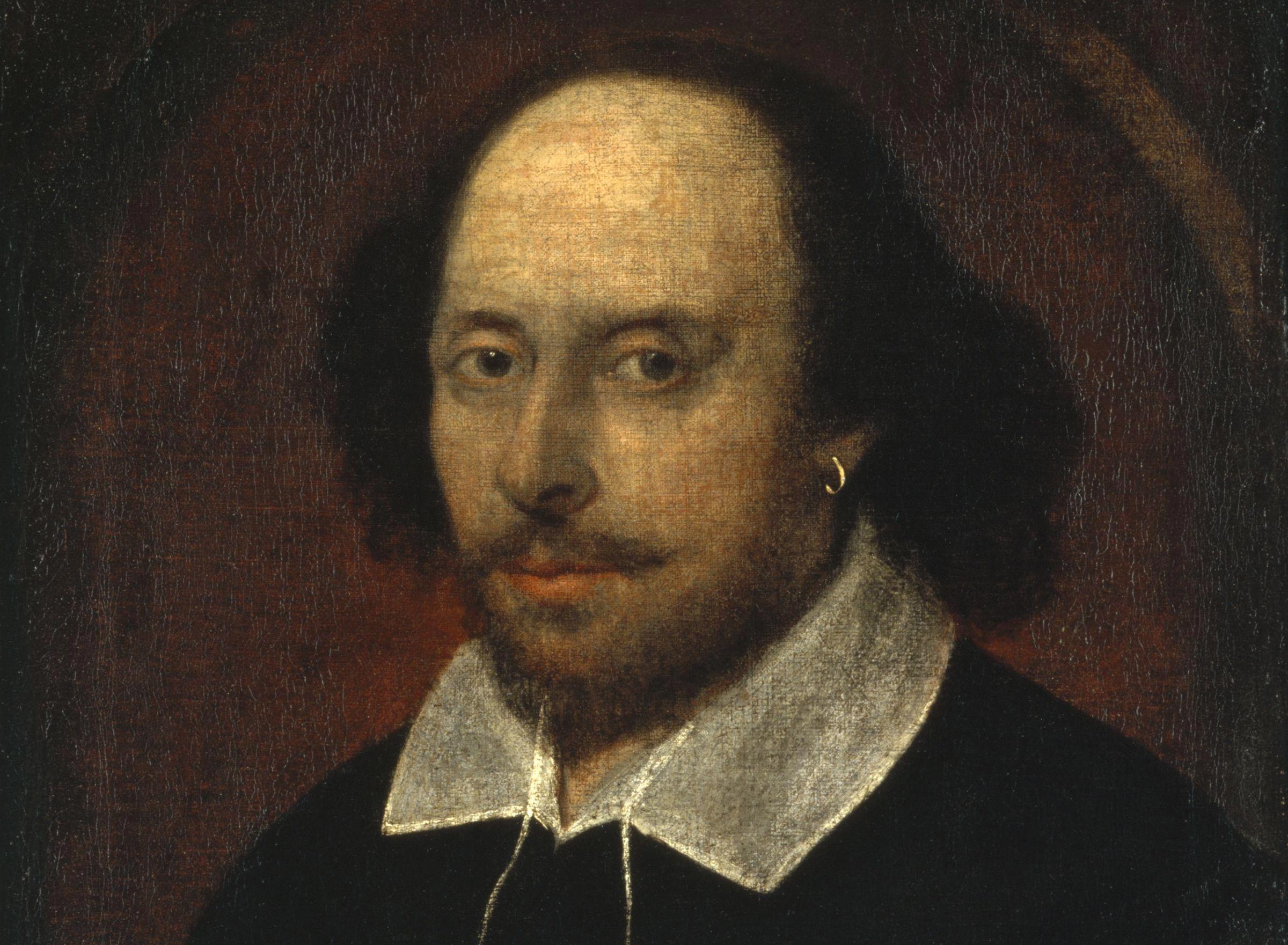In a remarkable archaeological find, the remnants of an ancient Egyptian observatory, dating back to the 6th century B.C.E., have been unearthed in Kafr El-Shaikh, shedding new light on the sophisticated astronomical knowledge of ancient Egypt. Nestled within the Buto temple at the Tell El Fara’in site, this massive structure—spanning approximately 850 square meters—stands as the largest and oldest of its kind discovered to date. Constructed from mud bricks and featuring a central L-shaped hall framed by an inward-leaning brick wall, the observatory’s design is as intriguing as the artifacts found within it.
Among the most notable discoveries is a slanted stone sundial, an early timekeeping device also known as a shadow clock, crafted from five tiers of limestone blocks. This structure, with its 15-foot-long limestone tiles, was likely used to monitor the sun’s trajectory, marking time and celestial events. Additionally, a stone platform engraved with detailed astronomical observations of the sun’s movements across three seasons was found at the heart of the building. The observatory’s east-facing entrance and its strategic alignment with the sunrise further underscore the Egyptians’ deep connection to the cosmos.
The artifacts unearthed—ranging from statues of deities like Venus and Osiris to altar tables and tools used in religious ceremonies—paint a vivid picture of how astronomy was woven into the fabric of Egyptian life. The celestial body was observed through the temple’s eastern and western gates, with engravings marking the passage of time and astronomical events, underscoring the Egyptians’ reliance on the stars to guide their religious, agricultural, and official calendars.

Mohamed Ismail Khaled, secretary-general of the Supreme Council of Antiquities, emphasized the significance of this find in a statement, highlighting how it enhances our understanding of the scientific and astronomical prowess of ancient Egypt. Despite the seemingly simple tools at their disposal, the Egyptians demonstrated a remarkable mastery of astronomy, using it to shape their spiritual and daily lives.
This discovery is not merely a testament to the architectural and scientific advancements of the time but also offers a window into the minds of those who looked to the heavens for guidance, blending natural science with the divine. As researchers continue to explore the site, our grasp of ancient Egypt’s astronomical legacy is bound to grow, offering new insights into how they charted the skies with such precision and reverence.










